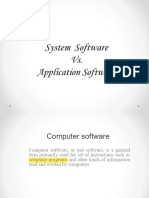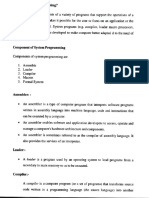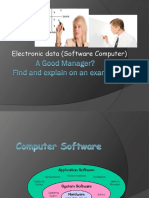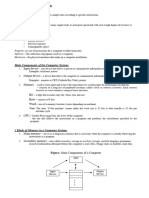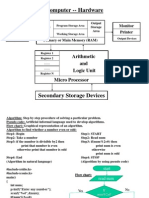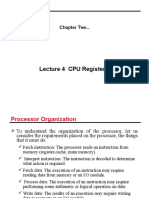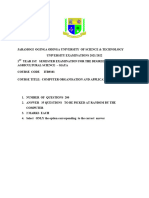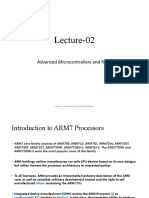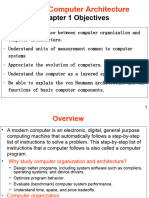0% found this document useful (0 votes)
59 views12 pagesMicrocomputer Development Microprocessor Notes - 124733
The document outlines the development of microprocessor-based systems, emphasizing the concurrent design of hardware and software. It details the steps for program creation, factors to consider when writing programs, methods of software testing, and essential software support tools. Additionally, it discusses hardware development aids, including microcomputer development systems, single-board microcomputers, and in-circuit emulators, along with their advantages and functionalities.
Uploaded by
nyabende935Copyright
© © All Rights Reserved
We take content rights seriously. If you suspect this is your content, claim it here.
Available Formats
Download as DOC, PDF, TXT or read online on Scribd
0% found this document useful (0 votes)
59 views12 pagesMicrocomputer Development Microprocessor Notes - 124733
The document outlines the development of microprocessor-based systems, emphasizing the concurrent design of hardware and software. It details the steps for program creation, factors to consider when writing programs, methods of software testing, and essential software support tools. Additionally, it discusses hardware development aids, including microcomputer development systems, single-board microcomputers, and in-circuit emulators, along with their advantages and functionalities.
Uploaded by
nyabende935Copyright
© © All Rights Reserved
We take content rights seriously. If you suspect this is your content, claim it here.
Available Formats
Download as DOC, PDF, TXT or read online on Scribd
/ 12


